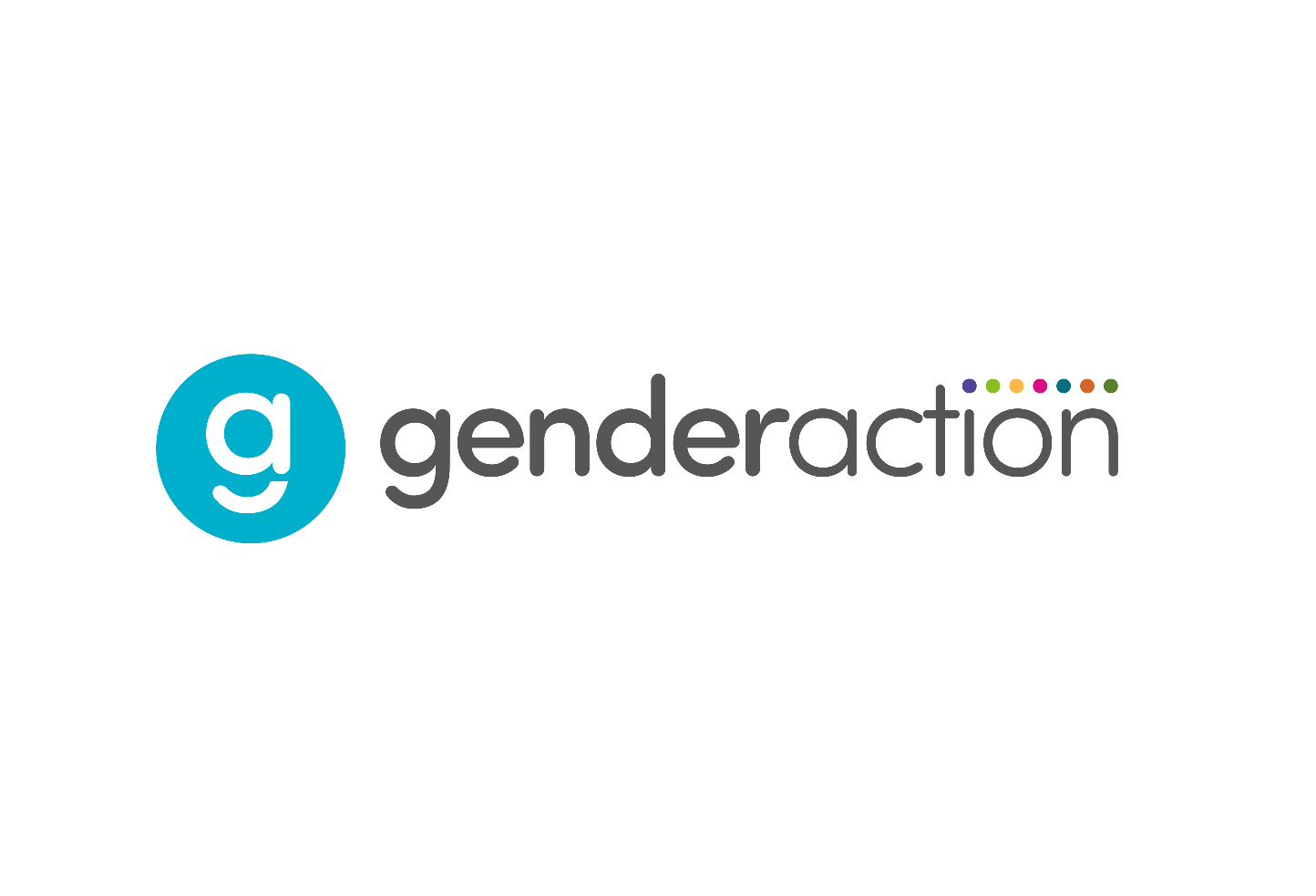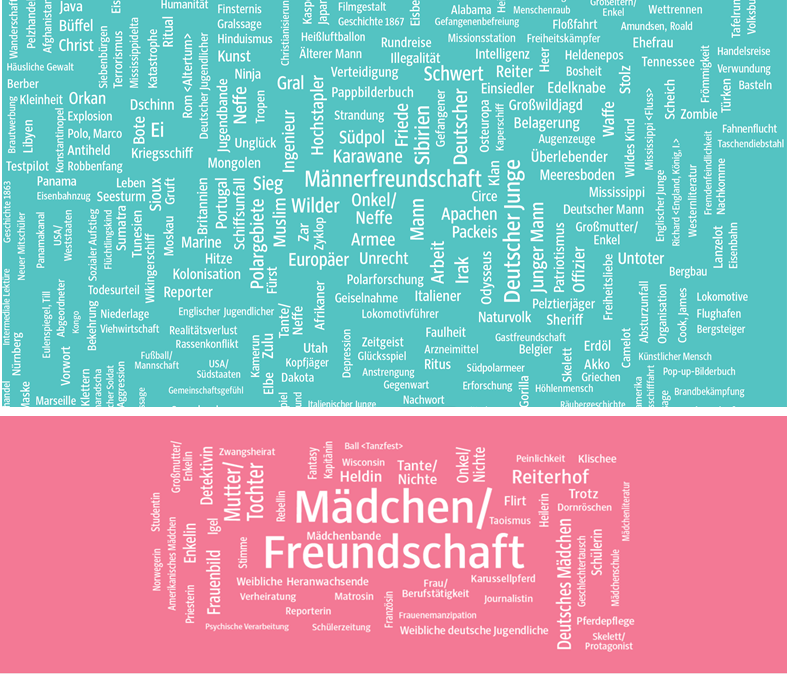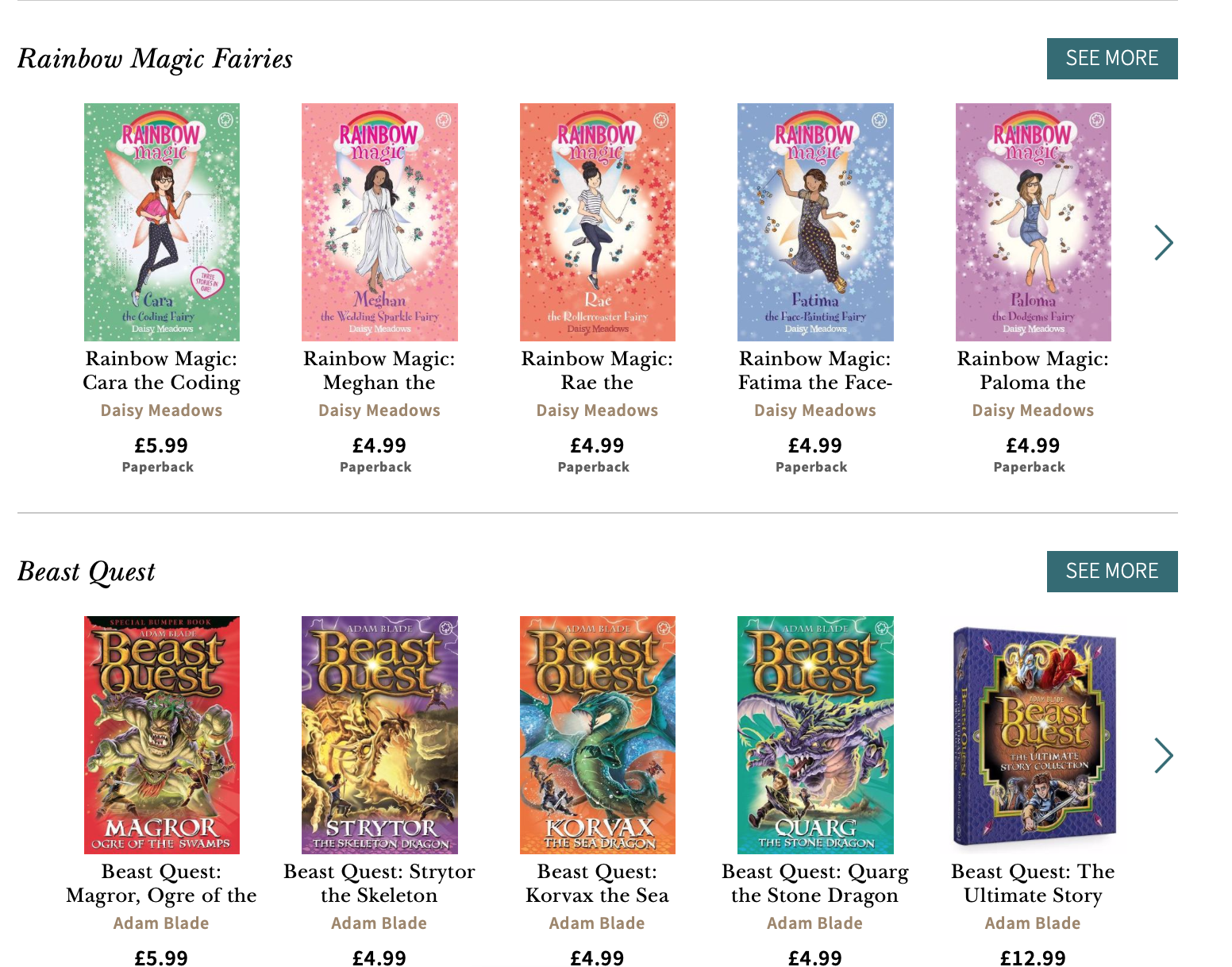Gender Stereotypes in Children’s Books
Annahita de la Mare is an independent children’s book author, creating naturally inclusive picture books with inspiring female lead characters, which are available to buy directly from the author at www.mdlmbooks.com or on Amazon. She is also an advocate for the Gender Equality Collective whose list of best books can be found here.
A few years ago, the Good Night Stories for Rebel Girls team released a video ahead of their book release, showing a girl and her mother in front of a bookcase, seeking out children’s books with speaking female characters who aspired to more than marrying a prince. By the end of the video, the previously full shelves were practically empty and the girl is heard calling to the bookseller, “I want to go to Mars, do you have a book for that?”
The message of the video was clear - there are extremely few inspiring female role models in children’s books.The independently published book was a wild success, and it triggered an avalanche of non-fiction stories from the larger publishing houses about inspiring women (and subsequently men) from history, targeting younger and younger audiences.
Source: (left) Little People Big Dreams: Audrey Hepburn, (right) Little People Big Dreams: Anne Frank
Some of these stories have even been produced in board book format with a recommended age range of 2-4 years old. As a mother of two young girls, I aspired to a bookshelf that represented reality, not outdated stereotypes. But I also recognised that my children, like all children of their age, didn’t really differentiate between fact and fiction. So I had to question, are non-fiction stories that are often quite harrowing and difficult to read really the right way to inspire my girls? I was glad that when they get to school age and begin to learn about dark periods of our history that there is abundant literature telling the stories of important women from these periods, but for now, I prefer our bedtime stories to be light-hearted, fun and positive. My children do, too. They should still be full of inspiring and relatable female characters though.
So I began to look more closely at fictional stories - were there more male than female characters in fictional picture books? Well, picture books are still predominantly animal character-led. Male pronouns are used as standard in the English language, so from that perspective, yes, there are more male characters than female characters. But put the animal characters aside and actually, at the time of writing this article, the top 100 books on the Waterstones website had more female characters than male (15 vs 11). But were they inspiring? Not particularly.
In fact, an in-depth study conducted by a German newspaper (Süddeutsche Zeitung) into the 50’000 children’s books catalogued at the University of Frankfurt, showed a clear and alarming picture of gender inequality when it came to the actual content of children’s books. The authors of the article start by pointing out that we as parents are often reading favourite books from our childhood to our children - and these older books are terribly full of traditional gender stereotypes. Read any Famous Five story and you’ll know exactly what they mean. But even with the books of today, little has changed.
Their study revealed that adventure stories for children were twice as likely to have male protagonists than female protagonists. That stories with female characters were typically based closer to home (frequently at the riding stables), and included commonly featured keywords such as: friendships, animal and magic. Whereas stories with male characters featured keywords such as Asia, Africa, travel, danger and, well that at least, friendship too. Even the colour of book covers is highly divided between books with male characters (mostly blues and greens) and books with female characters (largely pink, purple and pastel blue).
But most disturbing was the “breadth” and variety of experiences in girl / boy adventure stories. The authors of the article analysed high frequency keywords (used at least four times) in adventure stories featuring exclusively male or female characters. The resulting word clouds show what a wide world of adventure boys are invited into in books, and how narrow in comparison the offering is for stories with female characters.
Source: Süddeutsche Zeitung: Wie gleichberechtigt sind Kinderbücher?
I haven’t seen any studies as in-depth as this conducted in the UK, but I can certainly say from my experience of reading hundreds of picture books to my two children, that there are very few inspiring adventures stories for young children, and even fewer that are gender stereotype free and racially diverse as well. And I think that is a real shame, because I believe adventure stories can contain a little bit of everything: nature, science, geography, sports and history; all wrapped up in fun, uplifting and positive storylines. I believe it is the perfect genre for smashing stereotypes in children’s literature.
Source: Hot Air Balloon Adventure Stories - Illustration by Jennifer Kirkham
That’s why I dreamt up the Hot Air Balloon Adventure series*. These picture books, aimed at 4-7 year olds, follow the escapades and mishaps of three cousins and their pet cat, Roger. In the first story, they discover their Grandma’s battered old hot air balloon in the shed, fix it up, and teach themselves to fly. In the subsequent stories they go off on various adventures; to Tanzania to see animals in the wild; to Iceland to snowboard down some mighty mountains; to Switzerland to climb the mighty North Face of the Eiger in search of a long-lost treasure. The stories aim to show these relatable, “every day” female characters delighting in the great outdoors, being active and encouraging and supporting each other to reach for their dreams.
As Jade Hameister puts it, “Annahita’s books inspire young girls to dream big and be brave and most importantly to have fun along the way!” - and she certainly knows a thing or two about adventure (if you haven’t watched her TedTalk about her Polar Hat Trick, you really should)!
Source: The Hot Air Balloon Adventure series, written by Annahita de la Mare and illustrated by Jennifer Kirkham.
Thankfully I am not the only author and publisher working hard to produce inclusive, representative and stereotype-free stories. In fact, earlier this year the Gender Equality Collective compiled a 2019 list of Best Books for smashing stereotypes with the input of many knowledgeable educators, authors and parents across Instagram, Twitter and Facebook - this list is a treasure trove of excellent titles. It seems, as long as you are willing to dig beneath the surface, there are definitely many excellent books to be found, if you want to create a balanced and representative bookshelf.
I would like to finish this article by acknowledging that I have focused mainly on picture books because this is the genre I know best; it’s the genre I write in and the genre my children are still interested in. But I did take a sneak peek at the “5-8 year old” section on a well-known booksellers website earlier today and saw this on their front page offering: fashionably dressed, sparkly female fairies, and sword-wielding boys fighting fearsome dragons. I’m hoping that just like with picture books, there are some stereotype free gems out there just waiting to be found, I am just going to have to do some serious digging to find them…





